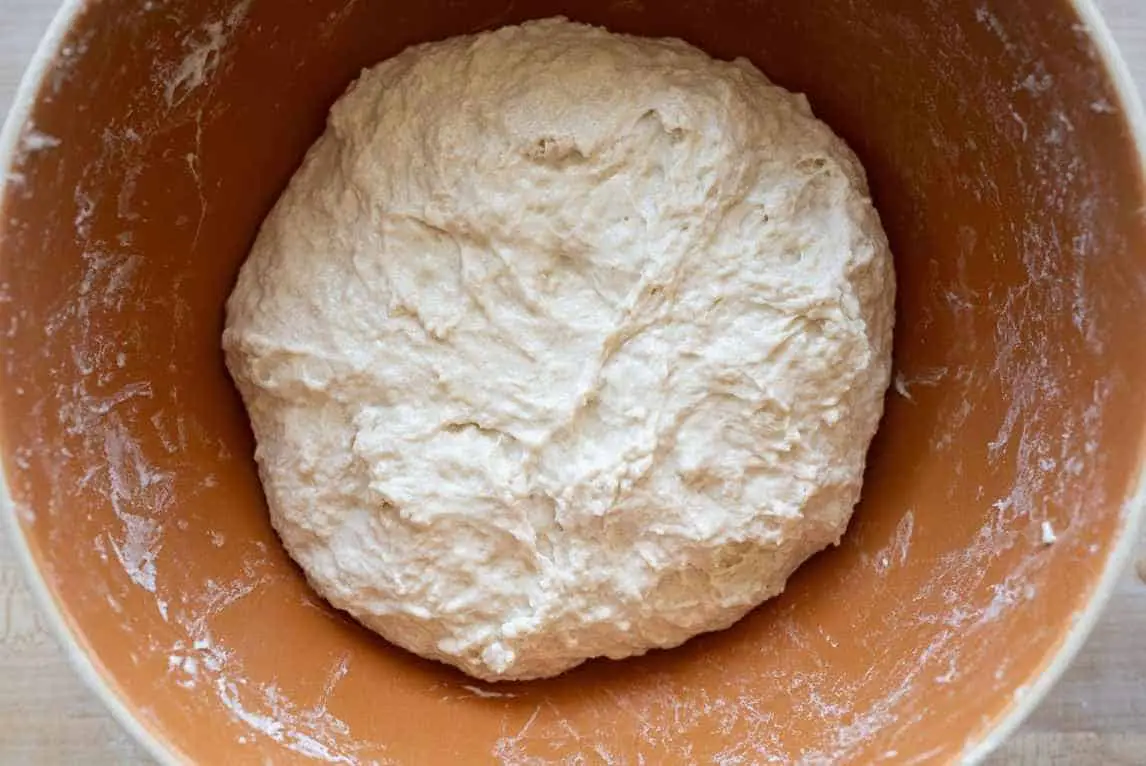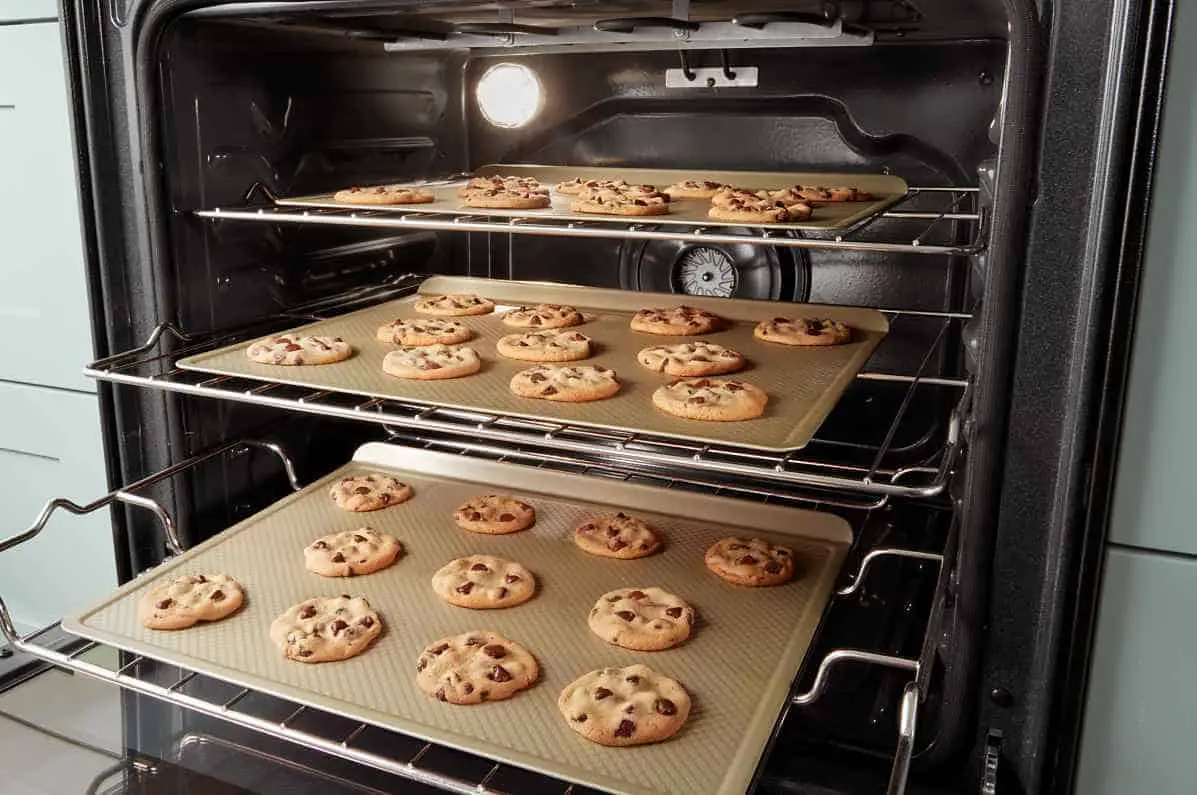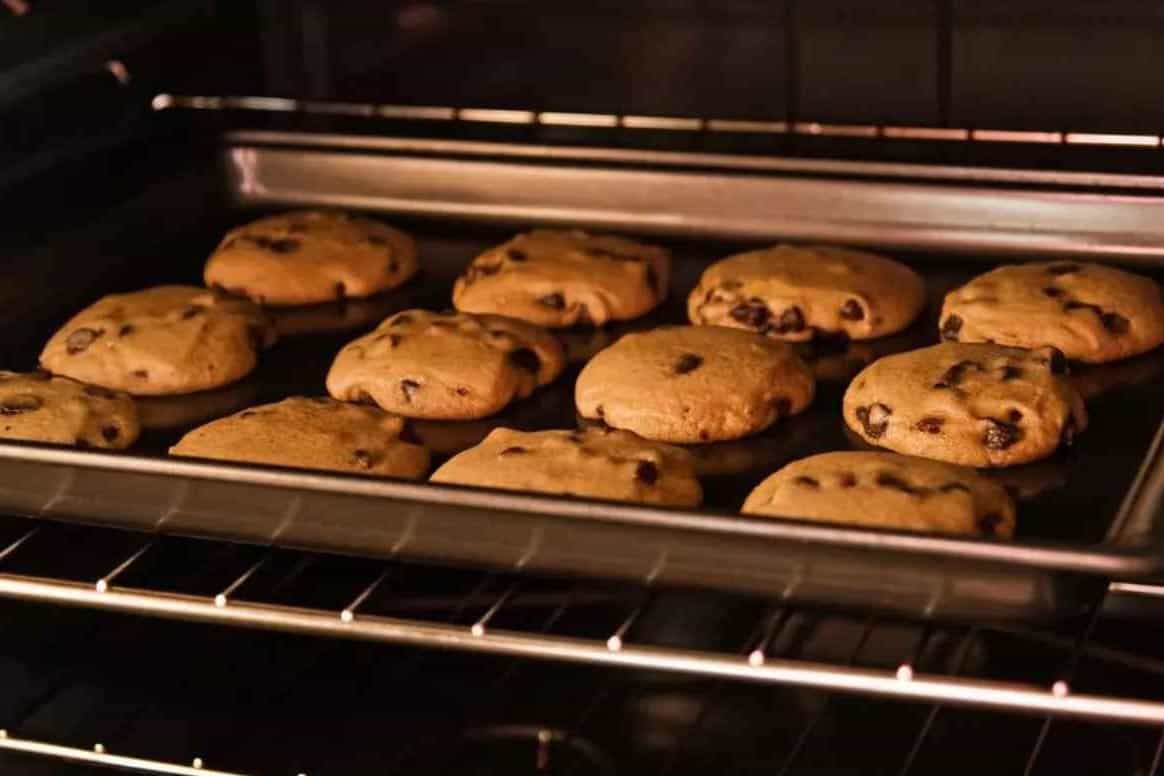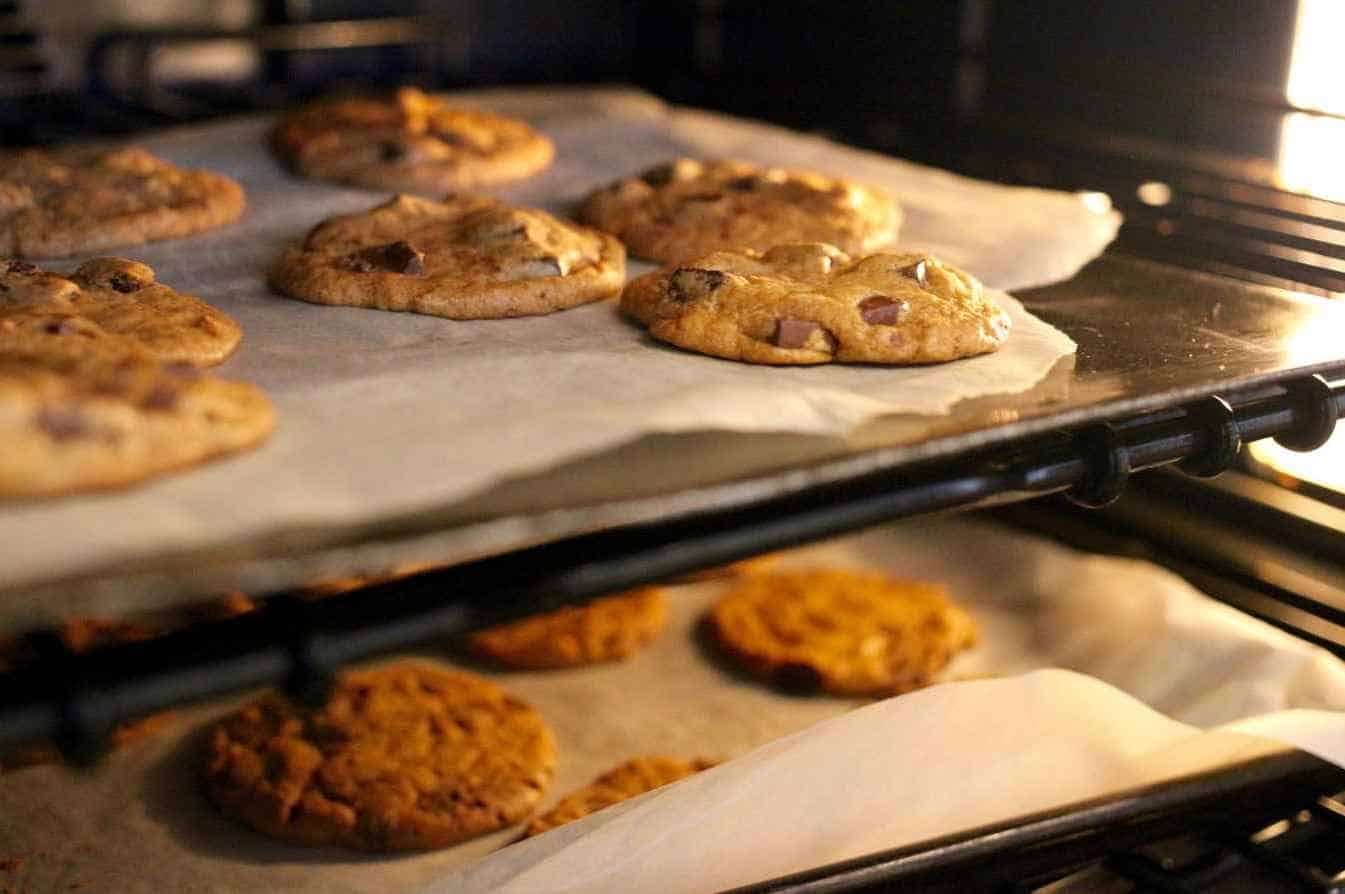Who doesn’t like cookies? For breakfast, dessert, or even as a snack. But when baking, it can be hard to tell when they’re done. You don’t want to end up with burnt or undercooked cookies. That’s why we got you this comprehensive guide on how to tell cookies are done.
Why is it important for you to understand the doneness of cookies?
Here are three reasons you should know how to identify the doneness of cookies.
- Bakers have different preferences regarding cookie doneness, and it’s important to understand yours.
- There are varied instructions for each cookie recipe.
- The visual and physical tests of different recipes.
Factors to consider when baking cookies
The type of cookie

What type of cookie are you making? Different cookie types have different ingredients, which have unique baking instructions. For example, if you want to make chocolate chip cookies, you will require different ingredients and baking times than oatmeal cookies.
Even though the baking time of the two cookies may vary, there is the likelihood of a change in timing if you add or subtract an ingredient.
Therefore, you’ll want to choose a recipe that matches the occasion and the flavor you prefer. The golden rule in baking cookies is to begin checking them at the minimum time. For instance, if the standard time is 10-13 minutes, check your cookies at the 10-minute mark.
The size of the cookie

The best part about baking cookies is choosing the size of your cookies. Smaller cookies cook faster, while larger cookies will take longer. You’ll also need to adjust the amount of dough you use based on the cookie size.
You’ll need more dough with larger cookies to get the right thickness and texture. Equally, if you’re making smaller cookies, you’ll want to use less dough as this prevents them from spreading too much.
Again, always check the cookies’ instructions because there are specific recipes where dough doesn’t thicken or spread. In this case, your dough sizing before baking is ultimate.
The consistency of your dough

Your dough’s consistency can significantly affect the outcome of the cookies. For instance, the cookies may be too flaky and dry if your dough is too dry. Yet, you want them crunchy or chewy on the outside but soft on the inside.
On the other hand, if the dough is too wet and sticky, your cookies may spread out too much and become thin and flat. Nobody wants to eat ugly-looking cookies; they’re unappealing to the eye and unappetizing too. If you wish to perfectly bake your cookies, balance out the consistency of your dhow.
The type of oven

You would never have guessed this. Many people who are not bakers think you can bake anything as long as you have an oven! But no. The type of your oven also impacts your cookie-baking experience to a large extent.
Different types of ovens have different temperature settings and heat distribution. A convection oven, for example, has an inbuilt fan that circulates hot air. This fan can cook your cookies faster and more consistently. On the other hand, if you bake with a conventional oven, there is a likelihood of hot spots within the oven that can cause your cookies to cook unevenly.
You have to know the kind of oven you are using, then experiment with the right temperature and cooking time for different cookie recipes.
Check out this video illustrating the difference between convection and conventional ovens.
Now that you know the factors to consider before baking your cookies, it’s time to bake. How, then, will you tell when the cookies are ready?
In this section, you will learn how to tell if cookies are done through checking:
- Visual Clues
- Physical clues
- Timing and temperature of the cookies
Visual clues

The golden brown color
With the golden brown color, everyone will get this right. When your cookies are a striking golden brown, they are likely cooked to rightness. The reason is that the browning results from the Maillard reaction due to the reaction between sugars in the cookie dough and the oven heat.
This reaction gives your cookies their delicious flavor and sets their structure, making them less likely to collapse or become too gooey.
The cracked edges
If your cookies have cracked edges, it is a sign that the dough has spread out evenly and risen. The cracking is often a good sign that they are fully baked. However, if the edges are still smooth, chances are high that the center of the cookie is still raw and that you should give it more time in the oven.
Firm edges
Check the edges of your cookies; if they are firm, the dough has set and is beginning to brown. Firmness indicates that your cookies are almost done and will likely be cooked through in the center, and it is nearly time to feast.
Soft center
If you prefer slightly undercooked cookies with a soft and gooey center, check out for a somewhat under-baked center that is still wet or shiny. Be careful not to undercook them too much, as they may become too gooey and fall apart.
Physical Clues

Don’t confuse physical clues with visual clues we just covered. Visual clues have to do with how your cookies appear. Whereas with physical clues, you must touch the cookies to conduct the test.
The touch test
To conduct this test, gently touch the center of your cookie. If it feels firm, the cookie is likely done. If it feels soft and dough-like, you may have to give it more time in the oven.
The lift test
Using a spatula, gently lift the cookie from the baking sheet. If it holds its shape and doesn’t bend or sag, this is a sign of doneness. If your cookie falls apart, it needs more time.
The bend test
This test is the trickiest to perform to determine your cookies’ doneness. Please pick up a cookie and gently bend it to conduct this test. If it bends without cracking or breaking, it’s likely done. If it cracks or breaks, it needs more time in the oven.
This video will show you what to check when testing ready cookies.
The baking time and temperature of the cookies
When baking cookies, most people, especially the novice in baking, will observe the time to the latter but need to remember to check the temperature. In fact, they are unaware that they ought to check the oven’s temperature before baking and throughout the process.
Invest in an oven thermometer if you want to be a savvy baker. You will be surprised at its huge difference to your baking experience.
It is crucial to follow the recommended baking time and temperature for your recipe. Most cookie recipes require a temperature of 350°F to 375°F and 10 to 15 minutes of baking time.
However, you may require a few adjustments for different cookie recipes. For example, thinner cookies may require less baking time, while thicker cookies may require more.
Thermometers used in baking cookies
If you want to know the most definite way of telling the doneness of your cookies, use a thermometer. Therefore, you need to understand different thermometer types and their functionalities in baking.
In the current digital baking era, there is an unlimited number of types of oven thermometers in the market. Still, you can choose according to your pocket, size, efficiency, and durability.
- Analog Oven Thermometers
- Digital Oven Thermometers
Digital thermometers are the most recommended, as you will find varieties of instant-read thermometers. These are fast and accurate.
The recommended internal temperature that indicates cookie doneness varies by cookie type. If you are baking soft and chewy cookies, then the thermometer should reach a temperature of 175°F to 185°F, while crispy cookies should be at 200°F to 210°F.
How do you use a thermometer to check your cookies’ doneness?
To use the instant-read thermometer, insert the stem into the center of the cookie (about two to two and half inches deep). Be careful not to touch the baking sheet. Wait for a few seconds for the thermometer to register the temperature.
If the temperature falls within the recommended range for your type of cookie, it’s done. Remember not to leave this thermometer in the cookie as it cooks.
This video shows you different kitchen thermometers and how to use them.
How to Troubleshoot undercooked cookies
So, you did everything just right but ended up with undercooked cookies. Don’t worry; it happens. Here are a few troubleshooting tips for when your cookies don’t turn out as you wanted.
- For undone cookies: put them back in the oven for a few more minutes. Ensure to check them frequently to ensure they don’t overcook.
- For overdone cookies: It can be unfortunate if your cookies are overdone. You can save them by adding frosting or icing, which adds moisture to them.
- For unevenly cooked cookies: If your cookies are unevenly cooked, try rotating the baking sheet halfway through the baking time to ensure even cooking.
Summary
Baking cookies should now be a fun experience for you. Once you master how to tell cookies are done, you will be close to being the best baker of your time.
Be sure to perform the visual, physical, time, and temperature tests. Don’t forget to invest in a good digital instant-read thermometer to simplify your life in baking.

